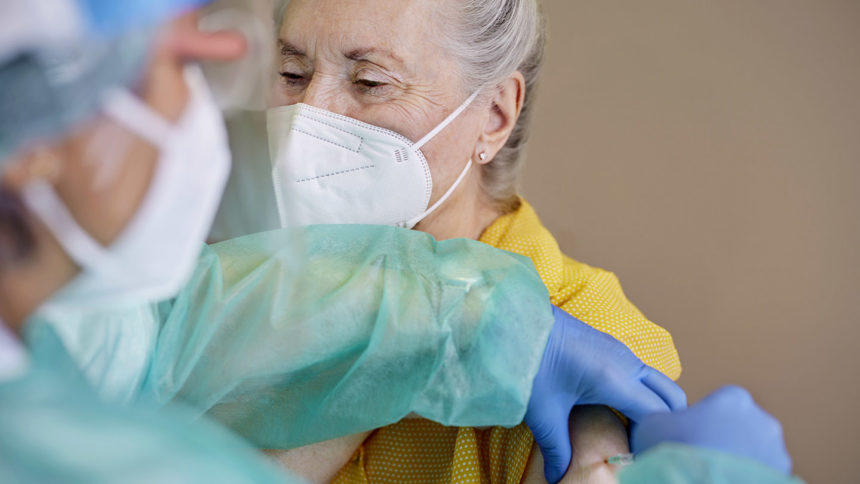
A new study in rural nursing homes has found a significant difference in outbreak infection rates depending on the number of vaccine doses residents received.
In November of 2021, nursing home residents in rural Manitoba, Canada, received the go-ahead to begin receiving a third COVID-19 shot. Coverage was not universal however, and investigators were able to compare SARS-CoV-2 infection rates in residents of who had either one, two or three doses of an mRNA vaccine to infections in residents who had no COVID-19 vaccination.
The study data came from infection prevention and control reports on eight facilities that experienced outbreaks between January and March.
The infection rate was 65% among residents who were not vaccinated. In comparison, 58% residents who received one or two doses of mRNA COVID-19 vaccine became infected, and 28% of residents who had received three vaccine doses caught the disease. The difference in rates between residents with one or two doses and those with three doses was statistically significant, noted geriatrician Elizabeth S. Rhynold, MD, of the University of Manitoba.
Rhynold and colleagues also calculated the number of residents that needed to be vaccinated to prevent one nursing home resident from contracting a SARS-CoV-2 infection. This was found to be three residents for vaccination with three doses and 14 residents for vaccination with one to two doses of COVID-19 mRNA vaccine.
“Our analyses lend support to the protective effects of the third dose of mRNA vaccine for nursing home residents in the event of a SARS-CoV-2 outbreak,” the authors concluded.
Full findings were published in the Journal of the American Geriatrics Society.
Related articles:
Rural assisted living residents with dementia half as likely to take cognition enhancing meds
EDs rarely send seniors with dementia to hospice care: study
CMS seeks to ease COVID staff testing burden on rural operators



